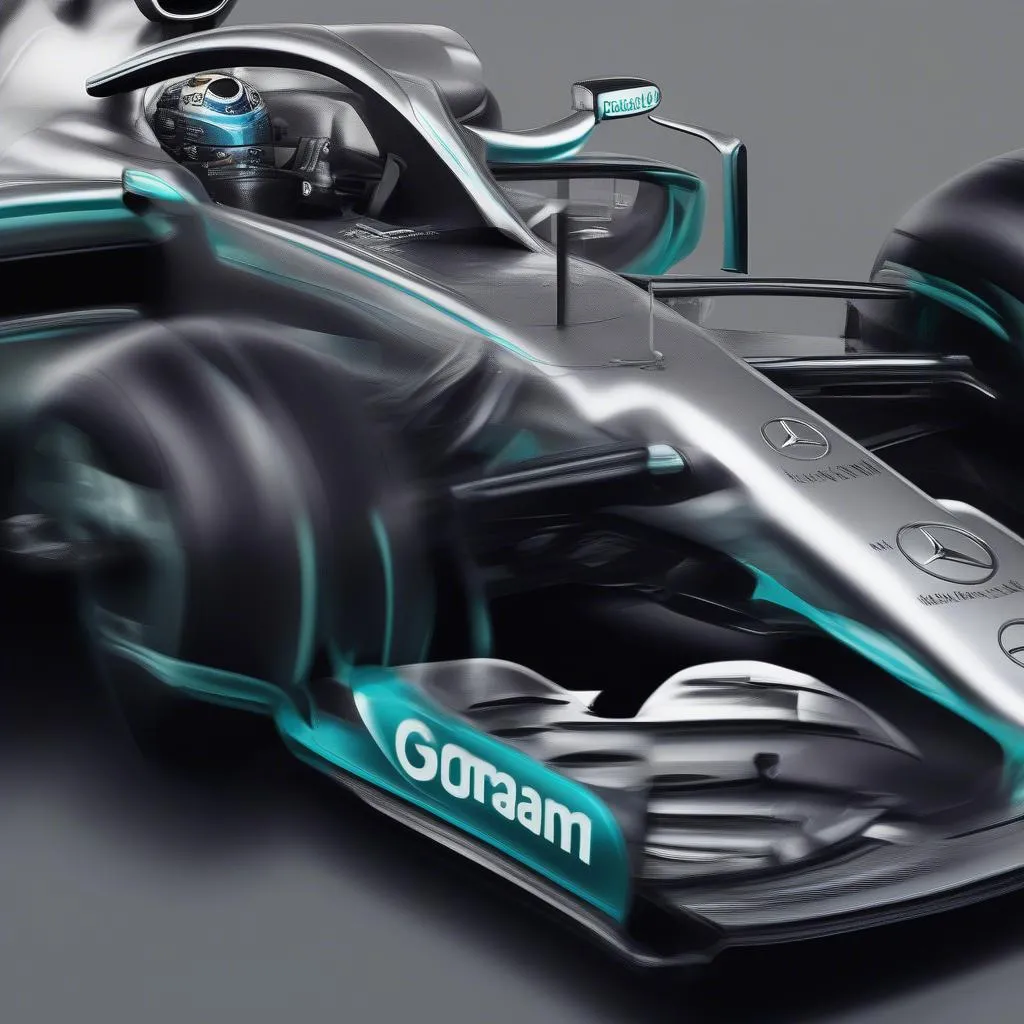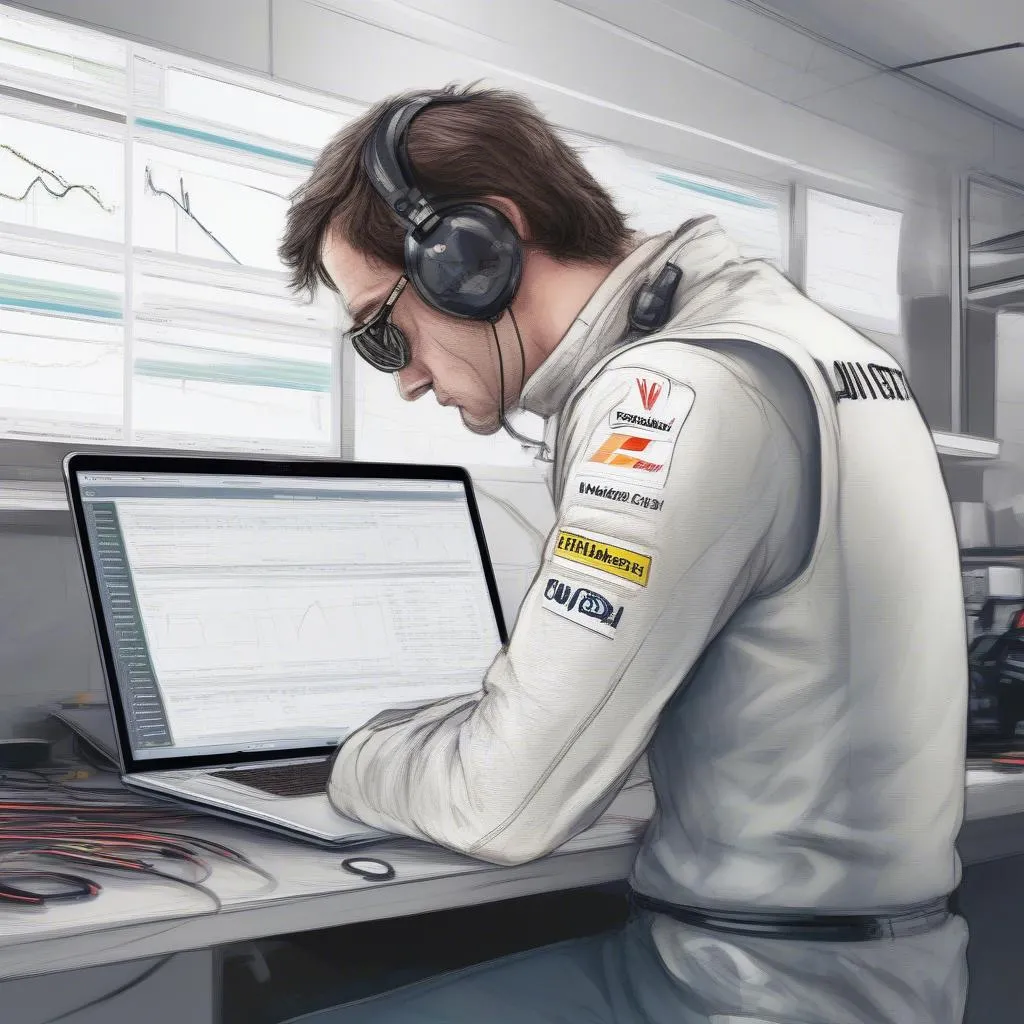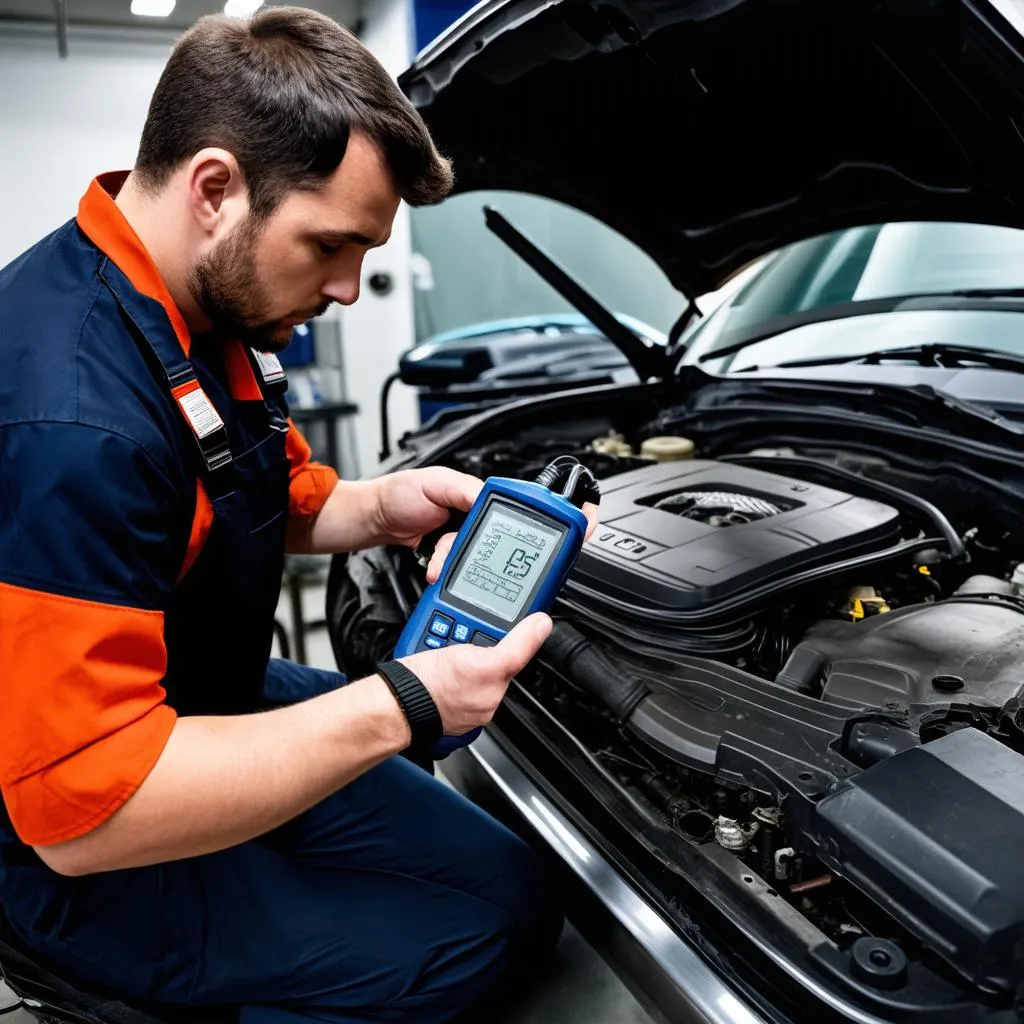The 2022 Formula 1 season saw Mercedes struggling with a rather bumpy issue: porpoising. This aerodynamic phenomenon, where the car bounces up and down on the straights, plagued many teams, but Mercedes seemed particularly affected. However, with their renowned engineering prowess, the Silver Arrows have made significant strides in mitigating the problem. So, why can Mercedes fix porpoising while others struggle?
Understanding the Root of Porpoising
Before delving into Mercedes’ solutions, it’s crucial to understand why porpoising occurs. In simple terms, it’s all about downforce, the magical force that sucks the car to the track, allowing for insane cornering speeds.
Modern F1 cars generate a large portion of their downforce from the ground effect. The 2022 regulations introduced simplified wings and a return to ground effect aerodynamics, leading to cars with venturi tunnels under the floor. These tunnels accelerate the airflow, creating an area of low pressure under the car, pulling it towards the ground.
However, as the car gets closer to the ground, the airflow through these tunnels can stall, causing a sudden loss of downforce and the car to rise. This cycle of downforce gain and loss creates the bouncing effect known as porpoising.
How Mercedes Tackled the Porpoise
Mercedes, being the technical powerhouse they are, approached the porpoising problem with a multi-pronged approach:
1. Aerodynamic Tweaks:
- Floor Modifications: The most significant changes were made to the floor of the car. By adjusting the floor geometry, particularly the edges and diffuser, Mercedes was able to stabilize the airflow under the car, reducing the likelihood of the airflow stalling.
- Ride Height Adjustments: Increasing the ride height, while sacrificing some downforce, can help prevent the airflow from stalling in the first place. Mercedes experimented with ride heights to find the optimal balance between performance and stability.
- Wing Adjustments: Fine-tuning the front and rear wing angles plays a crucial role in managing the car’s overall aerodynamic balance. By finding the sweet spot, Mercedes aimed to maintain downforce while minimizing the conditions that trigger porpoising.
2. Suspension Setup:
- Stiffer Suspension: A stiffer suspension can help prevent the car from bottoming out, which can disrupt the airflow and exacerbate porpoising.
- Damper Tuning: Fine-tuning the dampers allows engineers to control the car’s vertical movements more precisely, minimizing oscillations that contribute to porpoising.
 Mercedes F1 car floor
Mercedes F1 car floor
The Importance of Data Analysis and Simulation
Mercedes’ success in mitigating porpoising wouldn’t be possible without their sophisticated data analysis and simulation capabilities.
“Formula 1 is an incredibly data-driven sport,” says Dr. Emily Carter, a motorsport engineering expert. “Teams like Mercedes leverage advanced simulation tools to model and understand the complex aerodynamic interactions happening at speed. This allows them to test solutions virtually before implementing them on the car.”
By analyzing vast amounts of data collected from sensors on the car, both during testing and race weekends, Mercedes engineers can identify the factors contributing to porpoising and make informed decisions about setup changes.
 F1 engineer analyzing data
F1 engineer analyzing data
Can Mercedes Maintain Their Advantage?
While Mercedes has made significant progress, porpoising remains a tricky beast to tame completely. The constant development race in Formula 1 means that teams are always pushing the boundaries of what’s possible, and Mercedes will need to continue innovating to stay ahead of the curve.
Interested in learning more about how Mercedes addressed their F1 car issues? Check out these related articles:
For all your automotive diagnostic needs and to explore cutting-edge diagnostic tools, visit Cardiagtech.


